Concrete is a widely popular material used in construction for its strength and durability. However, one downside of working with concrete is that it can sometimes leave gaps or holes that need to be filled in.
Filling a concrete gap may seem daunting, especially if the gap is as big as 2 inches. But it can be done easily and efficiently with the right tools and techniques. Here, we will provide you with a comprehensive guide on how to fill a 2 inch gap in concrete, step by step.
You will learn about the different types of fillers available in the market and which is best suited for your needs. We will also cover the necessary tools you need to have and how to properly prepare the area before filling the gap.
Additionally, we will share some tips and tricks that can help you achieve a smoother finish and make your work look professional. Whether you’re a seasoned contractor or a DIY enthusiast, this guide will provide everything you need.
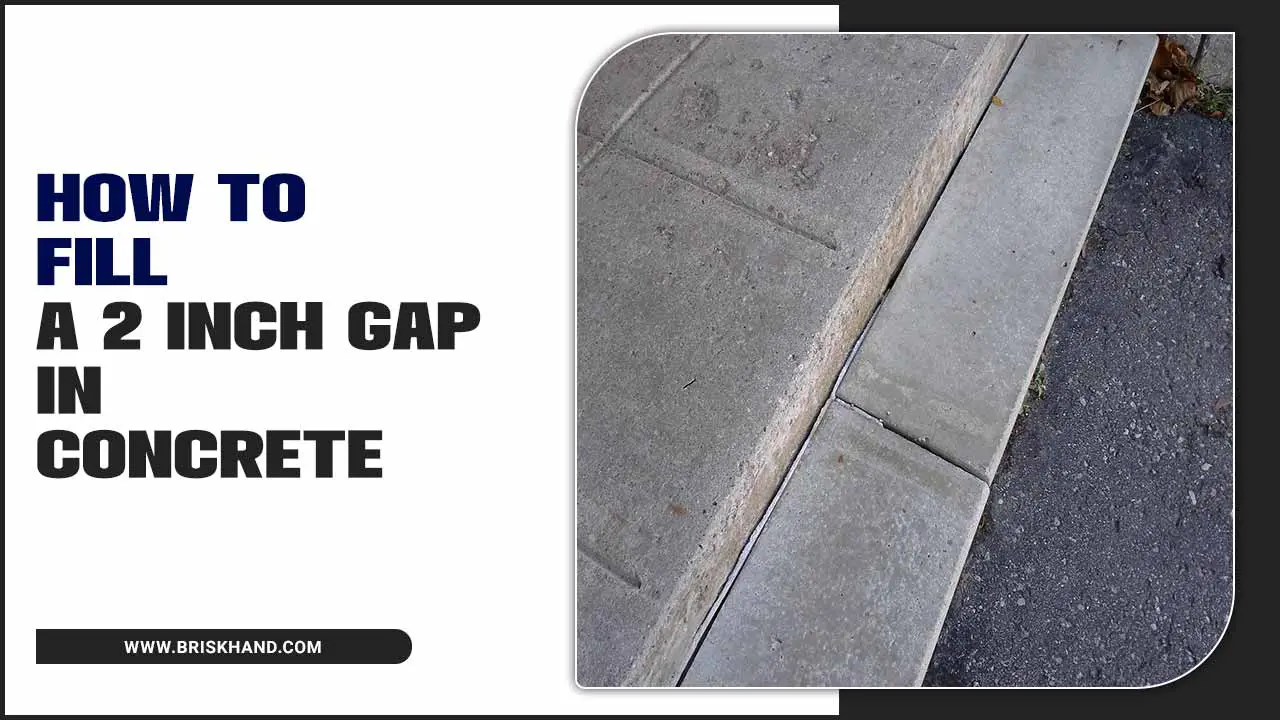
Types Of Concrete Gaps
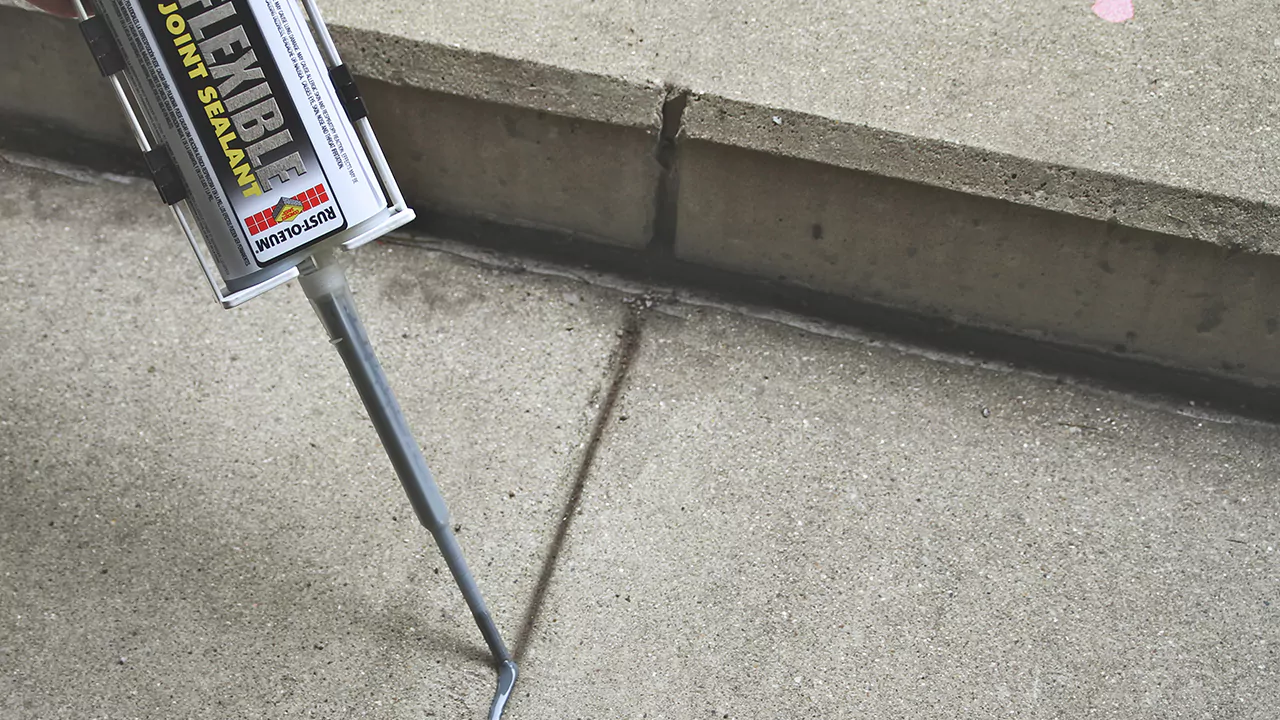
Concrete is a versatile building material used in various construction projects. However, it is crucial to understand the different types of concrete gaps to ensure that the concrete structure can withstand the test of time. Here are the different types of concrete gaps that one should be familiar with:
- There are two types of concrete gaps: expansion gaps and construction joints
- Expansion gaps are used to allow for the expansion and contraction of concrete due to changes in temperature
- Construction joints are used to separate different pours of concrete and create a weakened plane for cracking to occur
- Proper placement and sizing of concrete gaps are important to ensure the durability and longevity of the concrete structure.
- Failure to include appropriate gaps can result in cracking, buckling, and other structural damage.
Importance Of Filling Concrete Gaps
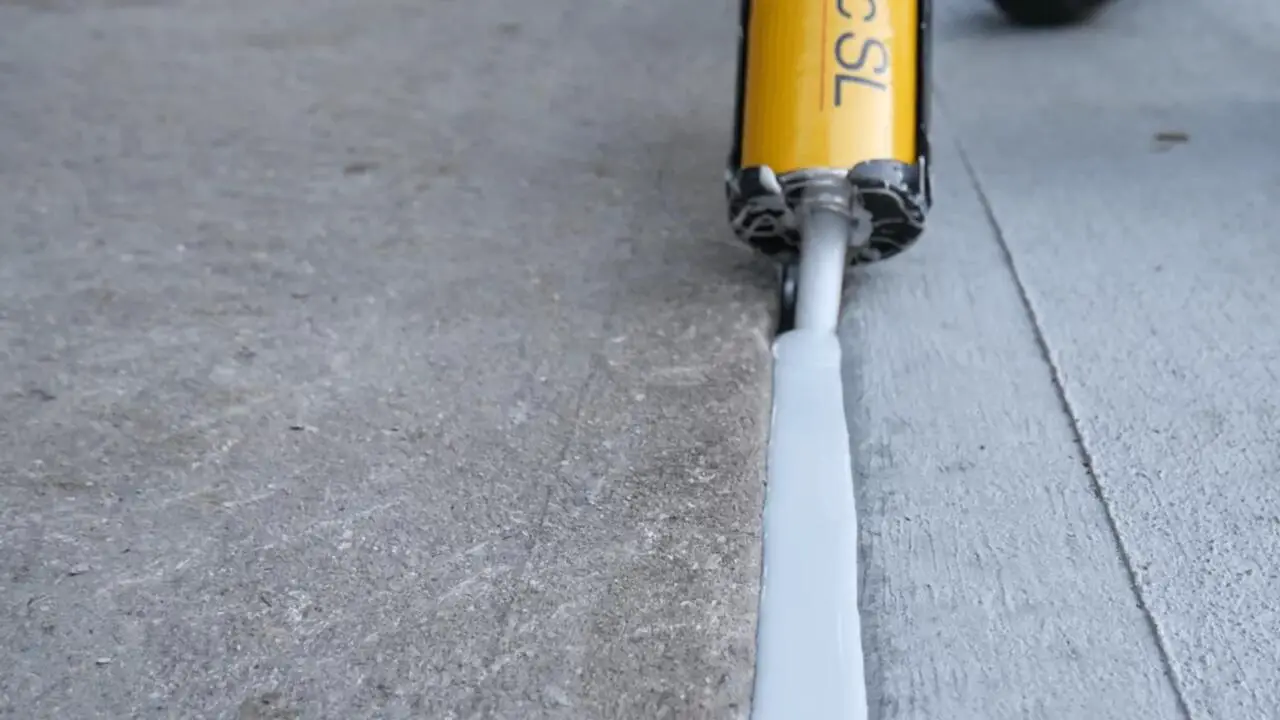
Filling concrete gaps is an extremely important aspect of maintaining the integrity and safety of a structure. Gaps in concrete can occur due to various reasons, such as shrinkage, settling, or expansion.
These gaps not only compromise the structural stability of the concrete but also pose risks to the safety of those who use the structure. Filling these gaps is crucial as it helps to prevent water infiltration, which can cause further damage to the concrete. Additionally, filling concrete gaps can help prevent the growth of weeds and other unwanted vegetation that can weaken the concrete over time.
If left unfilled, concrete gaps can lead to serious problems such as cracking, spalling, and even structure collapse. This can result in costly repairs and potential safety hazards. Filling the gaps with the appropriate material can help to prevent these issues and extend the life of the concrete.
3 Easy Steps: How To Fill A 2 Inch Gap In Concrete.
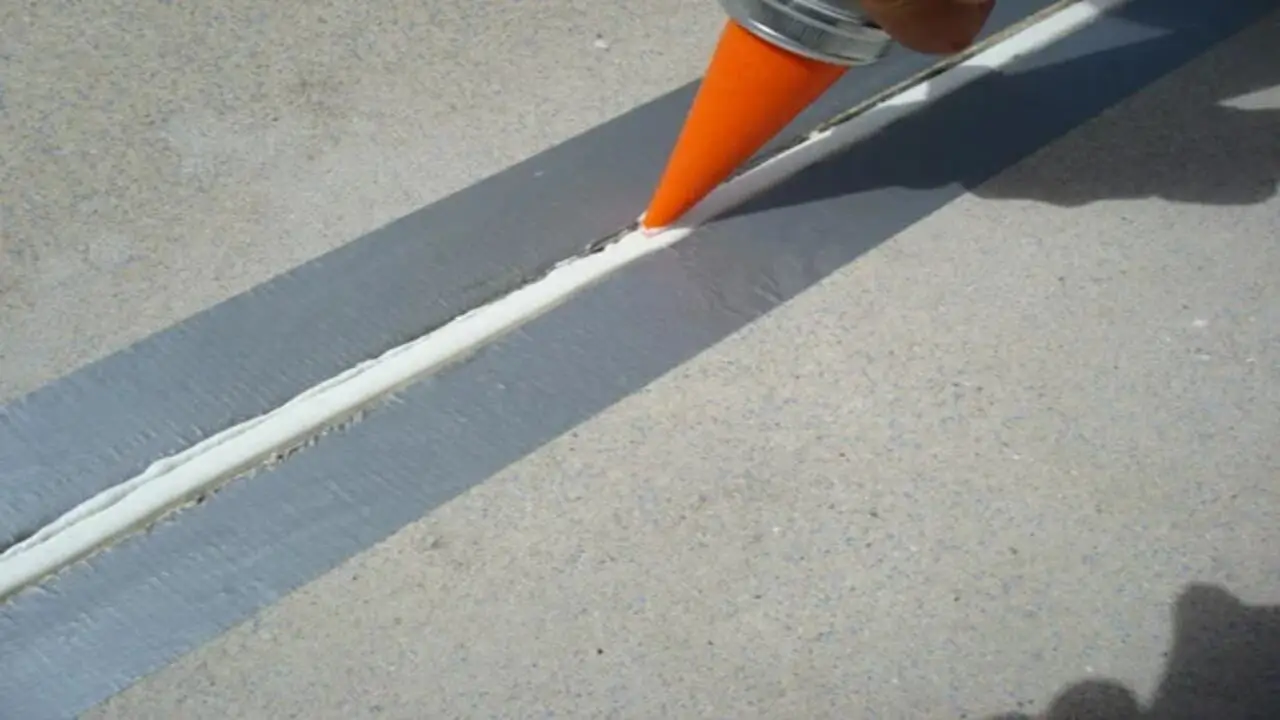
If you have a 2 inch gap in your concrete, it’s important to fill it properly. The first step is to remove debris or loose material from the gap using a wire brush or vacuum.
Next, you’ll need to choose a suitable filler material. One option is an epoxy or polyurethane-based filler, which can be found at most hardware stores. These filters are easy to use and will harden quickly, making them ideal for smaller gaps.
For larger gaps, you may need to use a cement-based filler. Mix the cement according to the manufacturer’s instructions and apply it to the gap using a trowel. Make sure to pack the filler in tightly and smooth it out with a trowel or putty knife.
Allow the filler to dry completely before walking or driving on it. It’s important to note that if the gap is in a high-traffic area, you may want to consider adding a concrete patch to reinforce the area. Here, we will discuss 3 Easy steps: How to fill a 2 inch gap in concrete.
1: Preparing The Gap And Surface Area
Filling in a 2-inch gap in concrete requires proper preparation of the gap and surface area. The first step in preparing the gap is to clean it thoroughly by removing any debris, loose concrete, or dirt. This can be done using a wire brush or a vacuum cleaner.
Once the gap is clean, it is important to assess the condition of the gap to determine the extent of repairs required. If the gap is deep, it may be necessary to use a chisel or a hammer to widen it and make it more accommodating.
After preparing the gap, the surface area around the gap needs preparation. This can be done by smoothing out any bumps or rough edges and filling any cracks or holes that may be present. This is important because it helps create a smooth surface for the concrete to adhere to.
Once the preparation is complete, it is time to fill the gap with concrete. This can be done using a trowel to spread the concrete mixture evenly across the gap.
2: Choosing The Right Filler Material
Choosing the right filler material is essential when considering how to fill a 2-inch gap in concrete. Depending on the size of the gap, the material used must be able to expand and contract with the concrete’s movement to prevent cracking or breaking.
One popular option is polyurethane foam, which can expand within the gap to create a tight seal that prevents moisture and air from penetrating the surface. Another option is epoxy filler, which is ideal for larger gaps because of its high-strength properties.
Epoxy is also chemical resistant and can withstand heavy traffic, making it a popular choice for industrial environments. Silicone caulk is an excellent choice for smaller gaps as it is easy to apply and dries quickly.
However, ensuring that the caulk used is compatible with concrete surfaces is essential. In addition to these options, cement-based fillers are also available, but they require more time and effort to apply. Choosing the right filler material requires careful consideration of the gap’s size.
3: Filling The Gap And Finishing
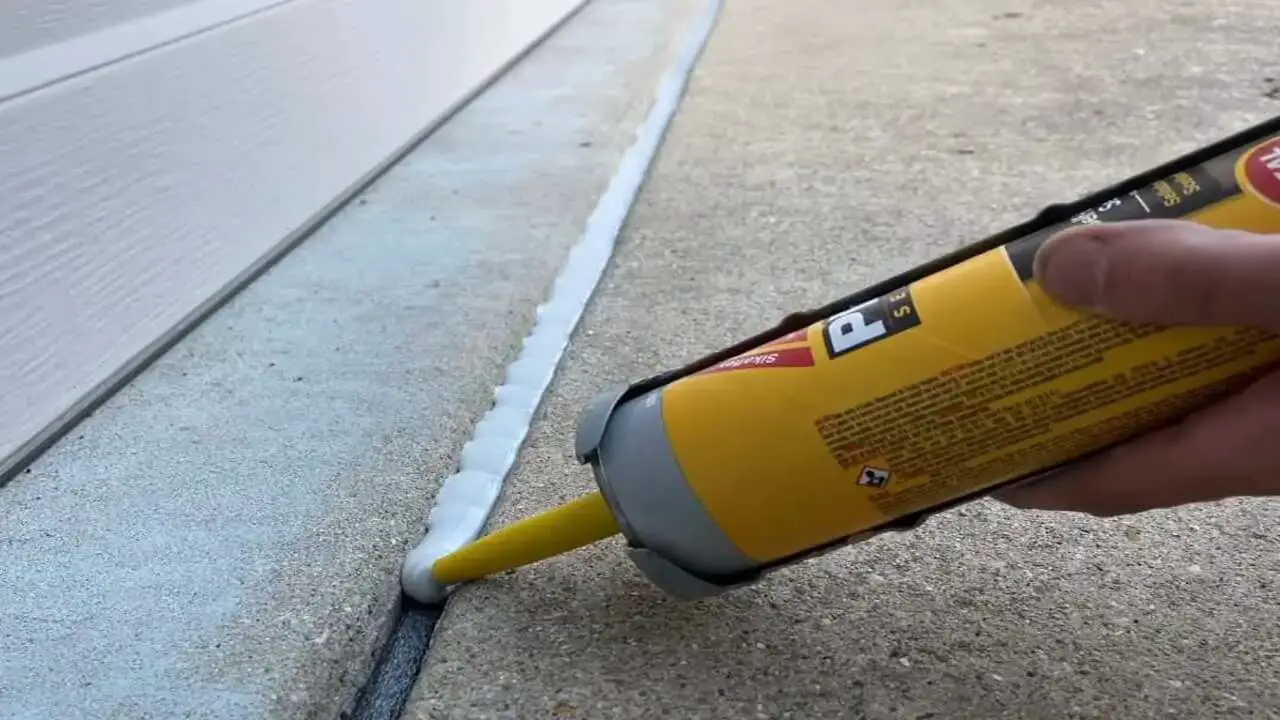
If you have a 2-inch gap in your concrete, don’t worry. Filling the gap is an easy task that you can do yourself. First, you must prepare the area by removing debris, dust, or loose concrete using a broom or vacuum cleaner. Then, it would be best to mix the concrete filler according to the manufacturer’s instructions. Once you have prepared the filler, you can start filling the gap.
You can dampen the area with water to ensure the filler sticks to the gap. Then, apply the filler to the gap using a trowel or putty knife. Ensure you fill the gap and level the surface with the surrounding concrete. Once you have filled the gap, let the filler dry for at least 24 hours.
After the filler has dried, you can finish the surface of the concrete to match the surrounding area. At last, You can use sandpaper or a concrete finishing tool to smooth out the surface of the filler.
Tips For Success
Are you looking for tips for success in filling a 2-inch gap in concrete? Look no further! Follow these simple steps for a successful and professional-looking repair.
- Start by cleaning the area thoroughly. Remove any loose debris or dirt that may be in the gap.
- Next, mix the concrete according to the manufacturer’s instructions. Make sure it has a consistency that will allow it to fill the gap without spilling over.
- Apply the concrete to the gap using a putty knife or trowel. Press it firmly into the gap to ensure it fills every crevice.
- Once the gap is filled, smooth the surface with a trowel or float to create a level finish.
- Allow the concrete to dry completely before walking or driving over it. This may take a few days, depending on the temperature and humidity.
- Finally, if desired, apply a concrete sealer to protect the repair from moisture and prolong its lifespan.
Common Mistakes And How To Avoid Them
When repairing concrete, filling a gap in concrete is a common task that many homeowners encounter. However, some common mistakes people make when filling a 2 inch gap in concrete can lead to a subpar repair job. Here are some of the most common mistakes and how to avoid them:
- Not cleaning the gap properly before filling can lead to poor adhesion. Remove any debris or loose material from the gap before starting.
- Using the wrong type of filler can result in an uneven finish or cracking. Choose a filler specifically designed for concrete gaps and follow the manufacturer’s instructions.
- Filling the gap too quickly without allowing for proper curing time can cause the filler to shrink or crack. Be patient and give the filler enough time to fully cure before applying weight or pressure.
- Overfilling the gap can lead to an unsightly finish and make it difficult to level off. Apply the filler in thin layers and use a trowel to smooth it out evenly.
- Not applying enough pressure to the filler can result in air pockets and an uneven finish. Use a roller or a similar tool.
Maintenance And Longevity Of The Filler

When filling a 2 inch gap in concrete, there are a variety of options available. However, one of the most popular choices is to use a filler. Fillers can provide a quick and easy solution for gaps in concrete, but it’s important to consider the maintenance and longevity of the filler you choose.
Some fillers require more maintenance than others, such as those that need to be reapplied every few years. This can be a hassle, especially if the gap is in a high-traffic area. On the other hand, some fillers are low maintenance and can last for years without needing any attention. Researching and choosing a filler that fits your specific needs and preferences is important.
Regarding longevity, some fillers may crack or shrink over time, which can be unsightly and potentially dangerous if the gap becomes larger. Choosing a filler designed to withstand the elements and wear and tear over time is important.
When To Seek Professional Help
If you are dealing with a 2-inch gap in concrete, it is important to evaluate the severity of the issue before deciding whether to seek professional help. If the gap is only cosmetic and does not affect the structural integrity of the concrete.
it may be possible to fill it yourself with a suitable concrete patching product. However, if the gap is deep and wide or is located in a critical area such as a load-bearing wall or foundation, it is recommended to seek professional help.
A professional contractor will have the necessary tools and expertise to assess the situation and determine the best action. They may need to excavate the area around the gap to inspect the underlying soil and ensure no other issues, such as water damage or erosion, could compromise the concrete. They may also need specialized equipment, such as hydraulic jacks or lifting foam, to level the concrete and prevent further damage.
Conclusion
Filling a 2 inch gap in concrete requires a systematic approach and careful attention to detail. The choice of a suitable material, whether cement, epoxy, or polyurethane, will depend on factors such as the gap size, location, and desired outcome. It is important to properly prepare the surface by cleaning and roughening it to ensure proper adhesion.
The filler material should also be applied precisely using tools such as trowels and spatulas. By following these steps, one can effectively fill a 2 inch gap in concrete and restore its structural integrity. We have provided bulk information on how to fill a 2 inch gap in concrete and hope our information was helpful from your perspective.
FAQs
1.What’s The Difference Between A Concrete Patching Compound And A Regular Concrete Mix For Gap Filling?
Ans: Concrete patching compounds are specifically designed for smaller repairs and gaps. They often have improved adhesion and drying properties for patching purposes. When patching kitchen countertops, it’s important to know the height of the counter to ensure a seamless repair. The standard height for most kitchen countertops is 36 inches. However, some counters may vary in height depending on the design and personal preference.
2.How Do I Ensure A Smooth Finish When Filling A 2-Inch Gap?
Ans: For a smooth finish, use a trowel to level the filler material and flush it with the surrounding concrete surface. It is also important to consider the height of your kitchen counter and the height of your kitchen appliances and cabinets. However, if you are particularly tall or short, you may want to consider adjusting the height of your counters to better suit your needs.
3.How Long Does It Take For The Filler Material To Cure And Harden?
Ans: The curing time depends on the type of filler used and environmental conditions. Follow the manufacturer’s recommendations for curing times. Once the countertop fully cures, you must ensure its level and stability. Uneven countertops can lead to accidents and spills while cooking, eating, or working. A standard countertop height is around 36 inches from the floor to the top surface.
4.Can I Add Color Or Texture To The Filler Material For A Decorative Effect?
Ans: You can add color or texture to the filler material using pigments or additives, especially if you want it to match the existing concrete. However, it’s important to consider the height of the individuals using the counter the most. If you’re particularly tall or short, you may want to adjust the height accordingly to ensure maximum comfort and functionality.
5.Are There Any Special Considerations For Outdoor Gap Filling, Such As In A Driveway Or Patio?
Ans: When filling gaps in outdoor concrete, use a filler material that can withstand exposure to weather, UV rays, and temperature fluctuations. Furthermore, it’s important to consider the depth of the gaps and the amount of filler material needed. When filling smaller gaps, a simple concrete patching compound may suffice.

I am passionate about tools and electric work. I love finding new tools and experimenting with them.

